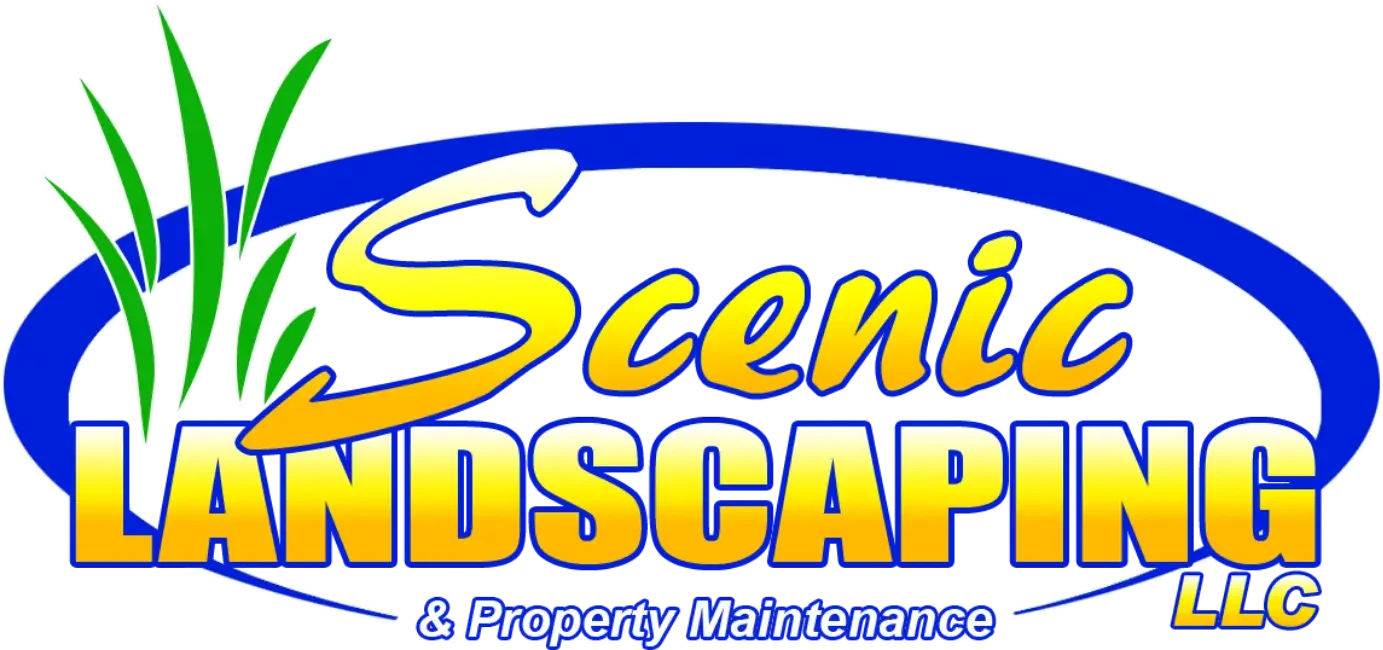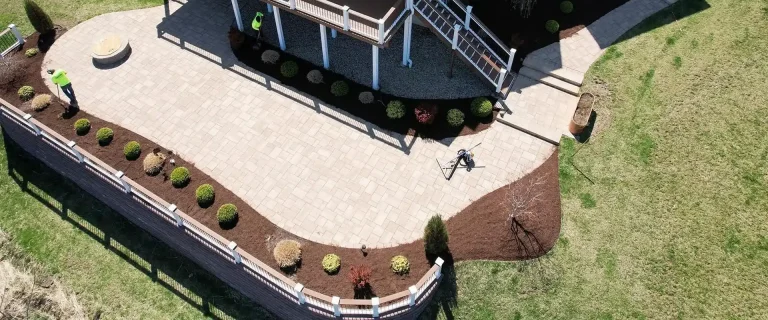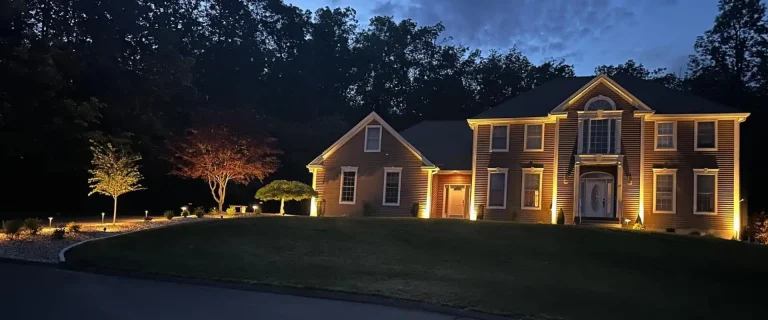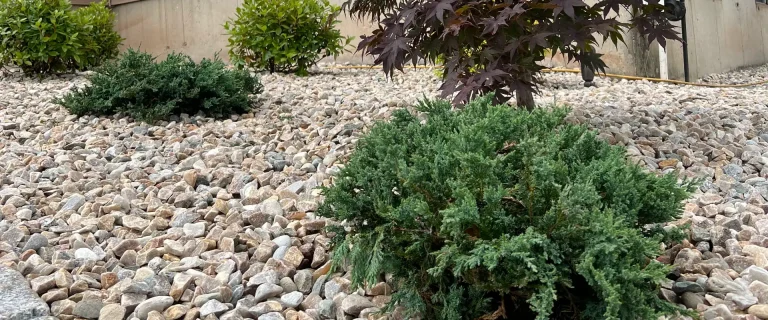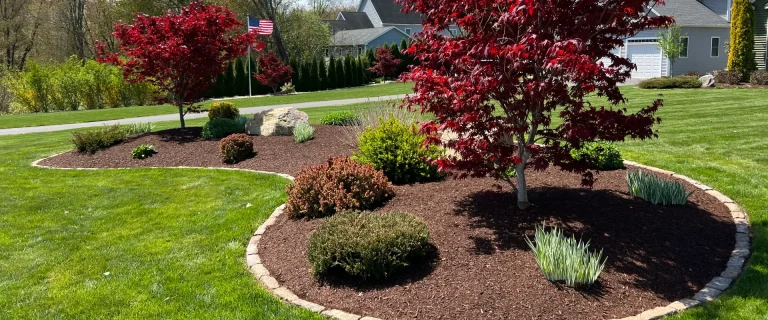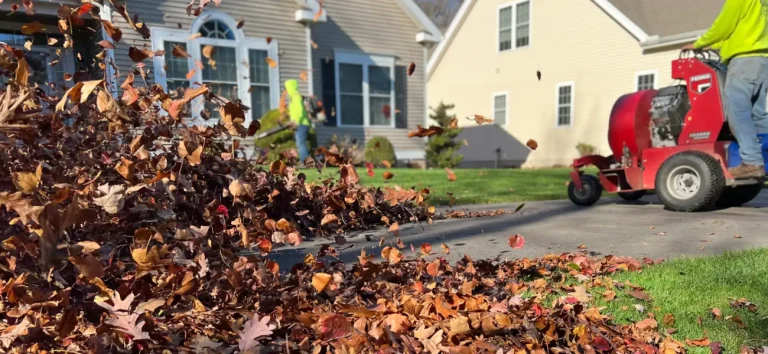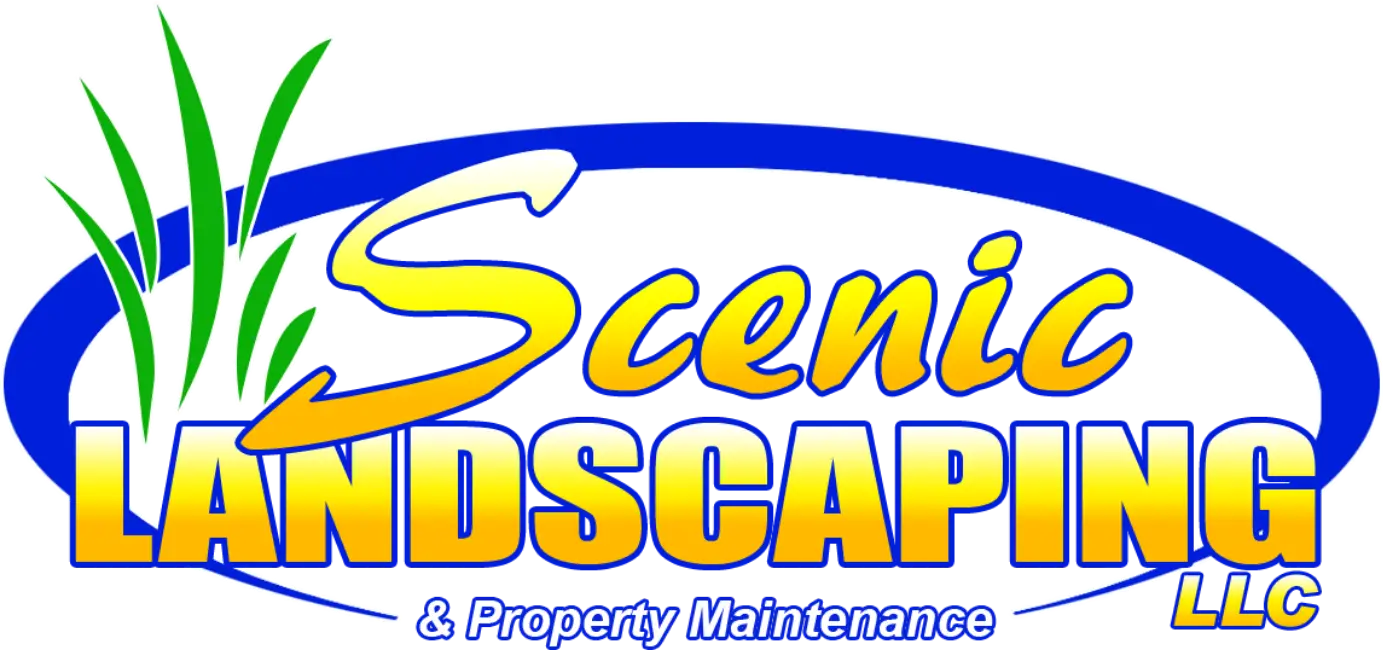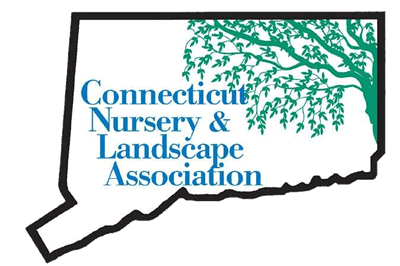Understanding Soil Type and How It Affects Drainage on Your Property
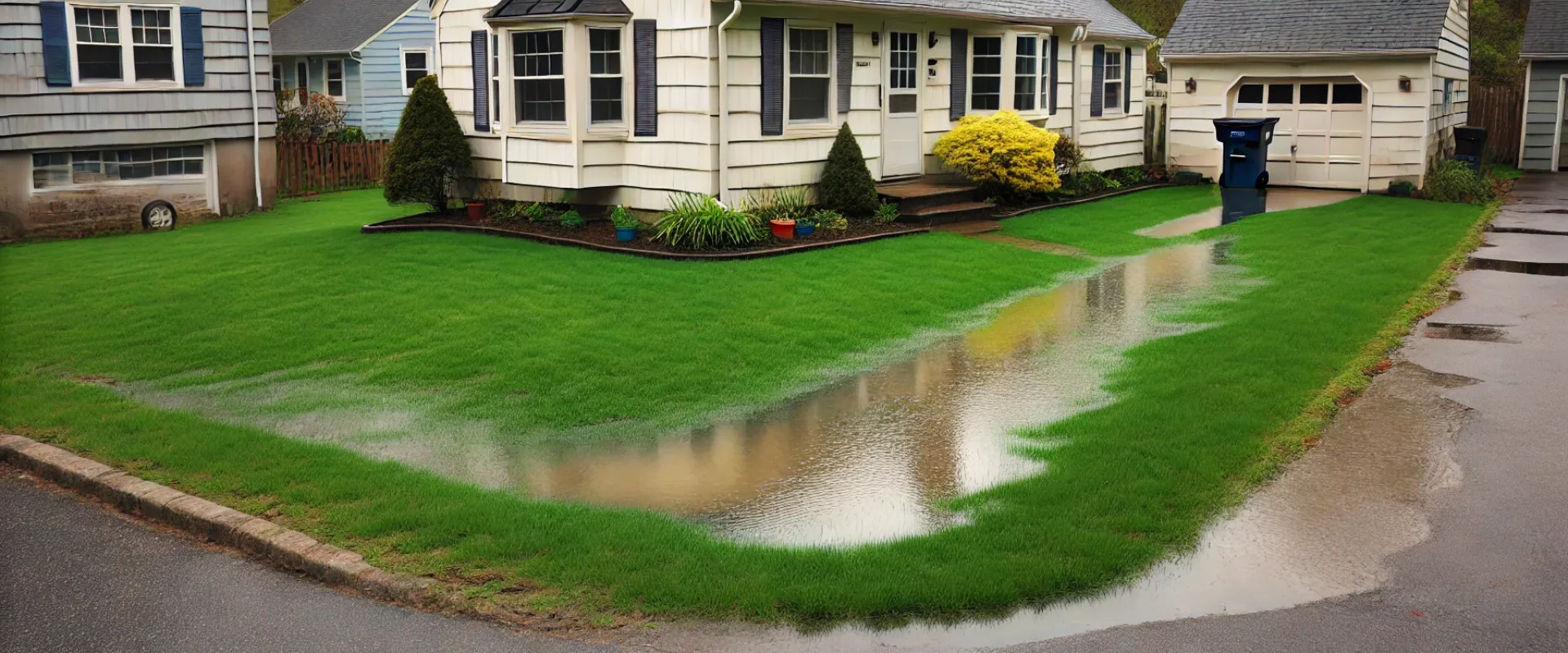
When water doesn’t drain properly on your property, it can lead to all kinds of problems—from soggy lawns and dying plants to more serious issues like foundation damage and soil erosion. One of the most important factors in how well your yard manages water is soil type. The soil on your property plays a huge role in determining how quickly water drains, how much water is absorbed, and how easily plants can grow. In this post, we’ll explore the different types of soil, how they impact drainage, and what you can do to manage water effectively on your property.
Types of Soil and Their Impact on Drainage
Soil can generally be classified into three main types: clay, sandy, and loamy. Each type has unique properties that affect water absorption and drainage.
1. Clay Soil
Clay soil has very fine particles that are packed closely together. This means that clay is great at retaining water, but it doesn’t drain well. When clay soil gets wet, it tends to become compacted and dense, making it difficult for water to pass through. As a result, water tends to pool on the surface or run off, leading to drainage issues like puddling and even flooding in some areas.
Challenges with Clay Soil:
-
- Slow drainage: Water often sits on the surface after rainfall, causing soggy lawns or mud.
- Compaction: When dry, clay soil becomes hard and compact, making it tough for plants to grow.
- Root damage: Excess water can suffocate plant roots, leading to poor plant health or death.
Solutions for Clay Soil:
-
- Soil Amendments: Add organic matter like compost, mulch, or peat moss to improve the structure of clay soil. These amendments help break up the compacted particles, allowing water to drain more easily.
- Aeration: Regular aeration can help loosen the soil and allow water to penetrate deeper, reducing surface pooling.
- Grading: If your yard is experiencing severe drainage issues, regrading the landscape to direct water away from low-lying areas can prevent water from accumulating.
2. Sandy Soil
At the opposite end of the spectrum is sandy soil, which has large particles and drains very quickly. Because sandy soil doesn’t retain water well, it tends to dry out quickly, making it difficult for plants that need more consistent moisture to thrive. While sandy soil can help prevent water from pooling, it can also lead to erosion as water moves too fast, carrying topsoil with it.
Challenges with Sandy Soil:
-
- Rapid drainage: Water drains too quickly, often leaving plants thirsty.
- Erosion: Without proper ground cover, sandy soil is prone to erosion as water washes away the top layer.
- Nutrient loss: Water drains through sandy soil so quickly that nutrients often get washed away, leading to nutrient-poor soil.
Solutions for Sandy Soil:
-
- Soil Amendments: Add organic matter, such as compost or coconut coir, to improve the water-holding capacity of sandy soil. This helps slow down the drainage rate and retain moisture for plant roots.
- Mulching: Mulching around plants can help retain moisture and reduce the speed at which water drains through the soil.
- Rain Gardens: In areas where sandy soil causes too-rapid water flow, installing a rain garden can help capture and slow the water. Rain gardens use deep-rooted native plants that thrive in both wet and dry conditions, giving excess water a place to absorb naturally.
3. Loamy Soil
Loamy soil is the perfect balance between sandy and clay soils. It consists of a mixture of sand, silt, and clay, making it ideal for most types of landscaping. Loamy soil drains well but still retains enough moisture for plants to thrive. It’s not too compact, which allows for good aeration, and it holds onto nutrients better than sandy soil. If you have loamy soil on your property, you’re in luck—it’s considered the best soil type for growing most plants and managing drainage.
Challenges with Loamy Soil:
-
- While loamy soil is generally ideal, improper landscaping or poor drainage planning can still lead to water management issues.
Solutions for Loamy Soil:
-
- French Drains: If your loamy soil is near your home’s foundation or in areas that tend to collect water, installing a French drain can help channel excess water away from these areas. French drains use perforated pipes buried underground to collect and redirect water efficiently.
- Bioswales and Drainage Swales: These are perfect for properties with loamy soil where natural runoff needs to be directed. Both bioswales and drainage swales are designed to slow down and channel water flow across your property, reducing the risk of erosion and improving water absorption.
How to Identify Your Soil Type
Now that you know how each soil type affects drainage, the next step is figuring out what kind of soil you have on your property. Here are a few ways to determine your soil type:
1. The Squeeze Test
Take a handful of damp soil and squeeze it in your hand:
-
- If it forms a firm, sticky ball that doesn’t break apart, you likely have clay soil.
- If it forms a loose ball that crumbles easily, you probably have loamy soil.
- If it falls apart and doesn’t hold any shape, it’s likely sandy soil.
2. The Jar Test
This simple test can give you a more detailed look at your soil composition. Here’s how to do it:
-
- Fill a glass jar halfway with soil from your yard.
- Add water until the jar is nearly full, then shake it vigorously.
- Let the jar sit undisturbed for 24 hours. The soil will settle into layers: sand at the bottom, silt in the middle, and clay on top. The relative thickness of each layer will tell you your soil composition.
3. Professional Soil Testing
For the most accurate results, you can send a sample of your soil to a local testing laboratory or have a landscaping professional test it for you. Soil testing services are widely available, and they can provide a detailed breakdown of your soil’s composition, pH level, and nutrient content, along with recommendations for improving drainage.
Customizing Drainage Solutions Based on Your Soil Type
Once you know what kind of soil you’re working with, you can choose the best drainage solutions for your property. Here’s how to tailor common drainage systems to your specific soil type:
For Clay Soil:
-
- French Drains: A French drain can be particularly effective in clay soils, as it will redirect water that otherwise pools on the surface. By installing a trench with a perforated pipe, excess water can be channeled away from your home or garden.
- Dry Creek Beds: These are an attractive and functional solution for directing water away from areas where it tends to pool. The natural look of a dry creek bed adds to your landscaping while helping manage water in clay-heavy areas.
For Sandy Soil:
-
- Rain Gardens: Sandy soil benefits from rain gardens, which help capture rainwater and allow it to slowly infiltrate the soil. Planting deep-rooted, native species in your rain garden can also help stabilize the sandy soil and prevent erosion.
- Bioswales: These are ideal for sandy soil where runoff is a concern. A bioswale channels water while using plants to naturally filter and absorb excess water, improving both drainage and soil stability.
For Loamy Soil:
-
- Drainage Swales: If you have loamy soil and need to direct runoff from heavy rains, a drainage swale may be the perfect solution. Swales are shallow ditches designed to slow down water flow and guide it away from your home or other areas where pooling might occur.
- French Drains: For problem areas near your foundation, a French drain can provide an underground solution to capture water before it can cause damage.
Service Areas for Drainage Solutions
At Scenic Landscaping & Property Maintenance, we offer expert drainage solutions to homeowners throughout Hartford County and the surrounding areas. We specialize in addressing water drainage issues on properties with clay, sandy, and loamy soil types, offering customized solutions to fit your unique landscape. We proudly serve the following cities:
- Rocky Hill, CT
- Glastonbury, CT
- Wethersfield, CT
- Berlin, CT
- Cromwell, CT
- Newington, CT
- West Hartford, CT
- Hartford, CT
No matter what kind of soil you have, we can help you design and implement the right drainage solution for your property.
Get Professional Help for Your Drainage Issues Today!
Understanding your soil type is the first step to solving drainage issues on your property, but professional expertise is key to getting the right solution in place. Whether you’re dealing with slow-draining clay, overly porous sandy soil, or something in between, Scenic Landscaping & Property Maintenance is here to help. We offer tailored drainage solutions, including French drains, rain gardens, bioswales, drainage swales, and dry creek beds, all designed to work with your specific soil conditions.
Call (860) 656-7440 or fill out our online estimate request to learn how we can help you with customized drainage solutions for your Hartford County property.
Why Choosing an NDS Certified Drainage Contractor Matters
At Scenic Landscaping & Property Maintenance, we are proud to be an NDS Certified Drainage Contractor. This certification means that we have been trained and tested to meet the highest standards in drainage system design and installation, ensuring that your property gets the best possible solution for its drainage problems.
What is NDS Certification?
NDS (National Drainage Solutions) is a leading provider of water management solutions, and their certification program is designed to train contractors in the most effective, sustainable, and high-quality drainage practices. As an NDS Certified Contractor, we are equipped with advanced knowledge and tools to assess, design, and install drainage systems tailored to your property’s unique needs.
The Benefits of Working with an NDS Certified Contractor
- Expert Assessment: Our certification ensures that we have the expertise to correctly assess your property’s drainage issues, including soil type, water flow, and problem areas. This helps us design the most efficient and effective system for long-term water management.
- Tailored Solutions: Every property is different, and drainage solutions are not one-size-fits-all. With NDS certification, we are trained to design custom drainage systems using industry-leading products, such as French drains, catch basins, bioswales, and more, that fit your specific landscape and drainage challenges.
- High-Quality Products: NDS-certified contractors use top-of-the-line materials and products from NDS, which are known for their durability and reliability. These products ensure that your drainage system will perform optimally and last for years, protecting your home and landscape from water damage.
- Compliance and Best Practices: As an NDS Certified Contractor, we adhere to the latest standards and best practices in drainage system design and installation, ensuring that your system is efficient, eco-friendly, and compliant with local regulations.
Choosing an NDS Certified Drainage Contractor like Scenic Landscaping & Property Maintenance means you can trust that your drainage issues will be addressed with precision, expertise, and the highest quality materials. Whether you need a French drain, drainage swale, or rain garden, we’ll provide a long-lasting solution tailored to your property’s unique needs. Contact us today to schedule a consultation!
